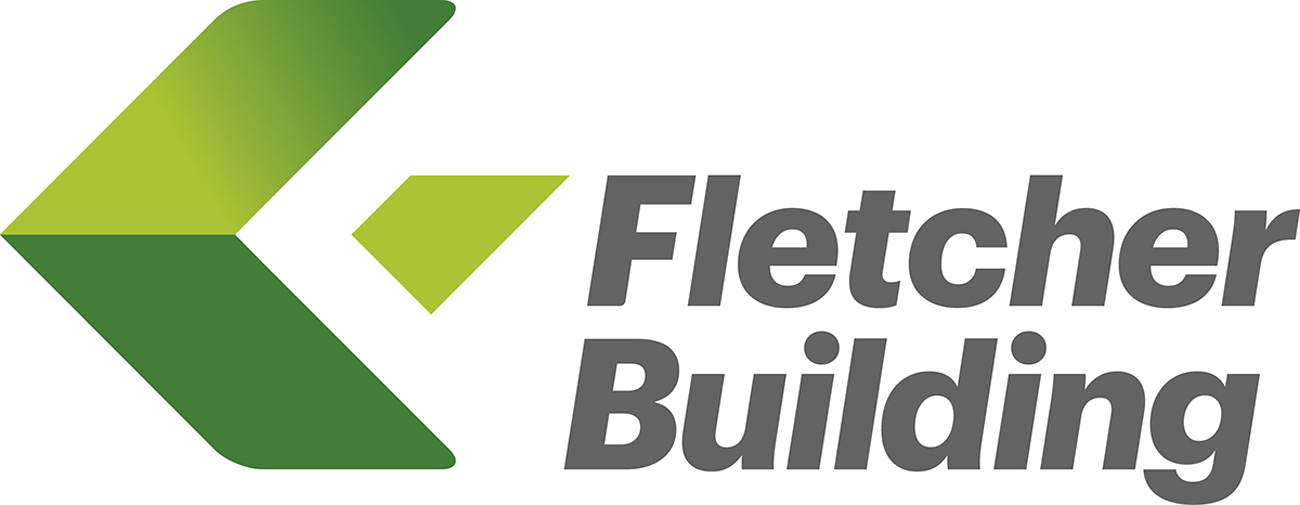Stonebloc is a precast concrete gravity wall system launched in 2015. Stonebloc was designed to fulfil an unmet demand in the retaining market - fast, flexible, strong, and great looking retaining. This is in contrast to masonry retaining walls. Masonry has been around for thousands of years, and although it has its benefits, it also has its downsides. In this blog we run through the major differences between the systems.
What is a Masonry Retaining Wall
Commonly referred to as cinder block walls or block walls, concrete masonry is a well-known, well-used material in construction. Structures are made with a combination of masonry blocks and mortar.
In typical circumstances, these retaining walls have the following features:
- A concrete footing
- Hollow-core blocks (Approximately 410mm long and 200mm wide)
- Mortar
- Rebar (For vertical reinforcement, if required)
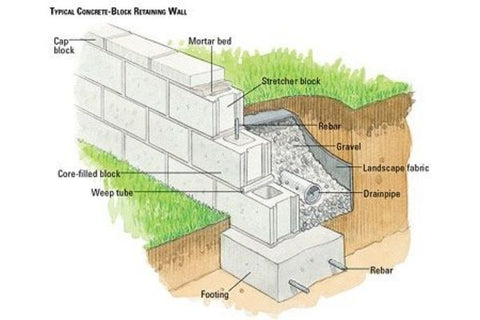
What is a Stonebloc Retaining Wall
Stonebloc is a gravity retaining wall system. At the heart of the system is a solid concrete retaining wall block with a unique interlocking design that provides a shear key in both horizontal directions. This means Stonebloc retaining blocks lock together with ease and stay together.
One of the most common structures for Stonebloc gravity retaining wall has a mixture of block types. These blocks are a 1200 base, an 800 base, 800 standard block(s), and a 200 Capper block.
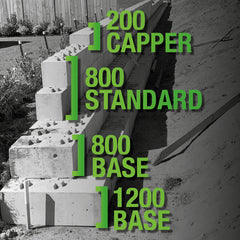
Stonebloc is designed around the concept of timeless retaining - fast installation with minimal labour input, future-proofed aesthetics, and comprehensive engineering. The result is a system that delivers the speed and durability of precast concrete at a timber price point.
Features of a Masonry Retaining Wall vs Stonebloc Retaining Wall
The most noticeable difference between Stonebloc retaining walls and block retaining walls can be seen at installation. Stonebloc uses interlocking shear keys to form its gravity wall solution. Masonry requires more materials to be deemed “sound” - this includes mortar and rebar.
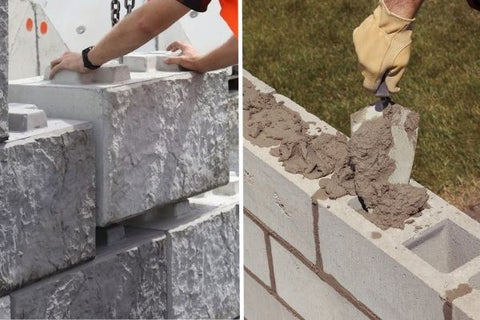
The other larger point of difference is aesthetics. In most cases of masonry walls, the blocks have a smooth, plain facia. Stonebloc on the other hand has a textured facia, designed to imitate the natural surroundings its in.
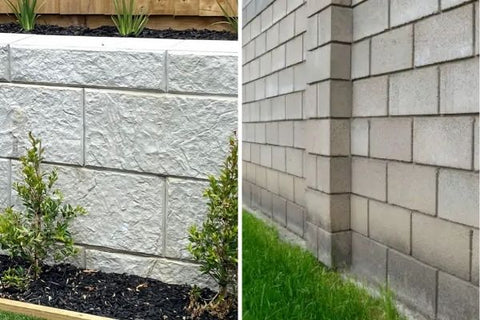
| Stonebloc | Masonry | |
| Segmental System | ???? | ???? |
| Interlocking Blocks | ???? | |
| Facia Variation | ???? | |
| Engineered | ???? | ???? |
| Mortar Bed | ???? |
Benefits of a Masonry Retaining Wall vs Stonebloc Retaining Wall
Stonebloc has been designed with engineers, designers, and installers in mind. It’s build ready designs and minimal foundations mean you can create retaining walls fast. Masonry retaining walls are used for this same audience but require more time due to mortar being the connective material between blocks.
Once walls are completed, Stonebloc also comes out on top. Both systems have a timeless look, reassuring your retaining walls will blend into the environment as time goes by. However, Stonebloc has the benefit of being able to be non-destructibility dismantled. What this means is that if you need to access utilities, you remove the blocks that are closest. With masonry walls, there is more work. You’d need to demolish the entire wall to get access, costing you extra in demolition and then effectively paying twice for the same wall.
| Stonebloc | Masonry | |
| Build Ready Designs | ???? | |
| Minimal Foundation | ???? | ???? |
| Fast Installation | ???? | |
| Non-Destructive Dismantling | ???? | |
| Timeless Look | ???? | ???? |
Stonebloc uses minimum extras in their gravity wall. It’s the pure strength of the concrete blocks that are keeping structures upright. Whereas masonry walls you need to take into account the mortar. Not only is this an added cost to you, but it’s also another box to check off when installing with masonry blocks.
Where to use a Masonry Wall
Masonry walls have there place as a traditional building solutions. In a general sense, they are great for retaining walls. They offer stability through their rebar systems and mortar beds.
The areas that provide strength to the system, also prove to be weaknesses of the system. They do not allow for flexibility of the system. Although touted as low-maintence, if you do need to replace part of the wall it is far more complicated compared to a solution like Stonebloc.
Where to use a Stonebloc Wall
A flexible and modular solution is created with the Stonebloc system. For a simple gravity wall, our generic designs can reach 2.4m with 0, 5, and 12 kPas. Outside of these generic designs, Stonebloc’s engineering can help produce almost any outcome.
In the event that you’re needing more structural, engineered support for your Stonebloc walls, we’ve recently launched MSE walls.
Stonebloc is the flexible solution. Get in touch with us today to get timeless retaining.






